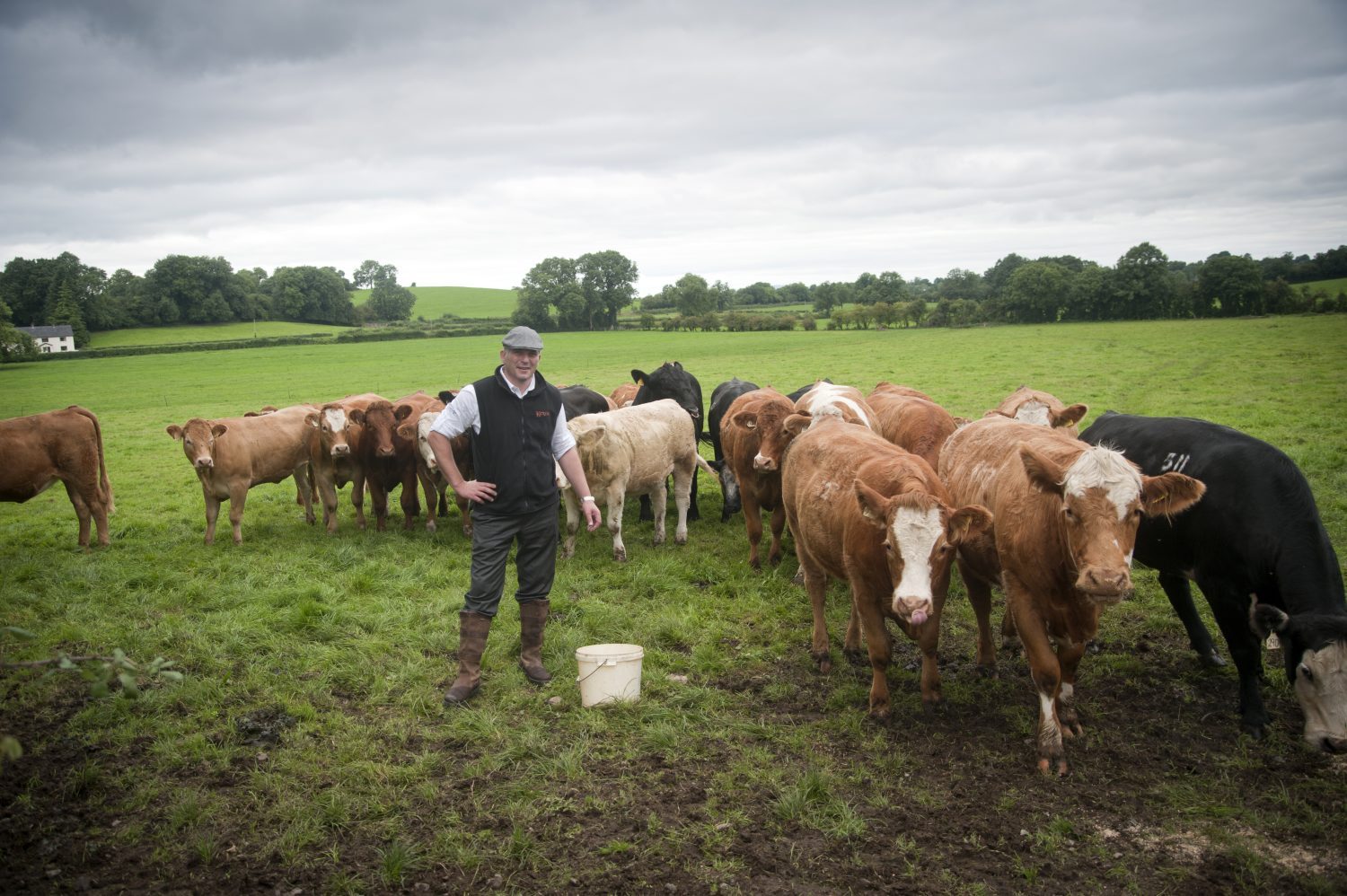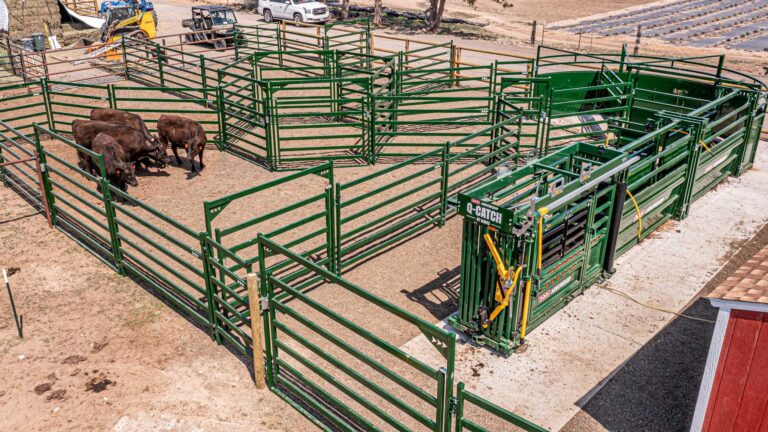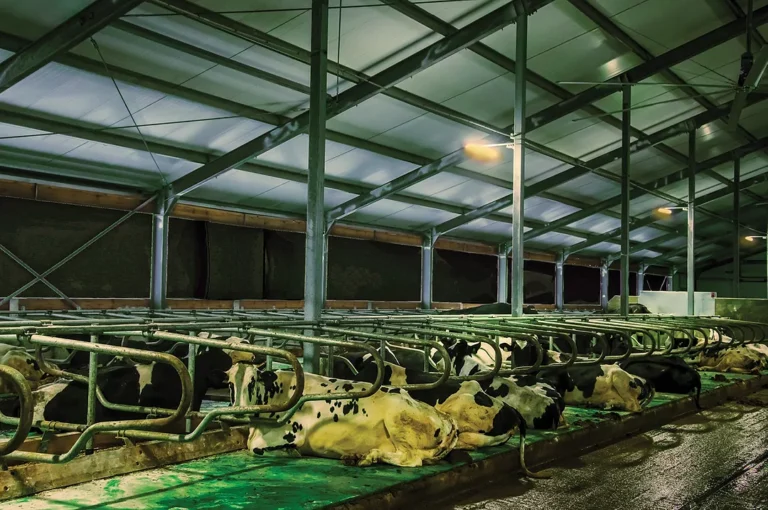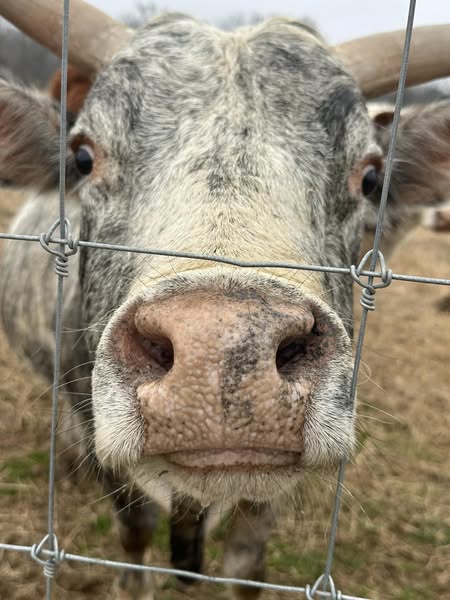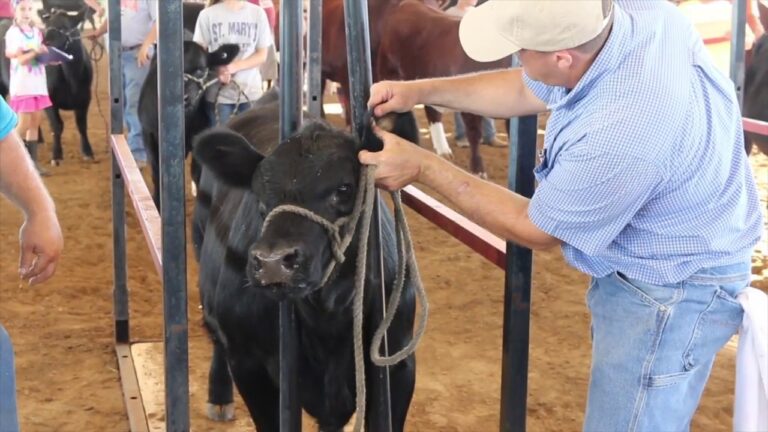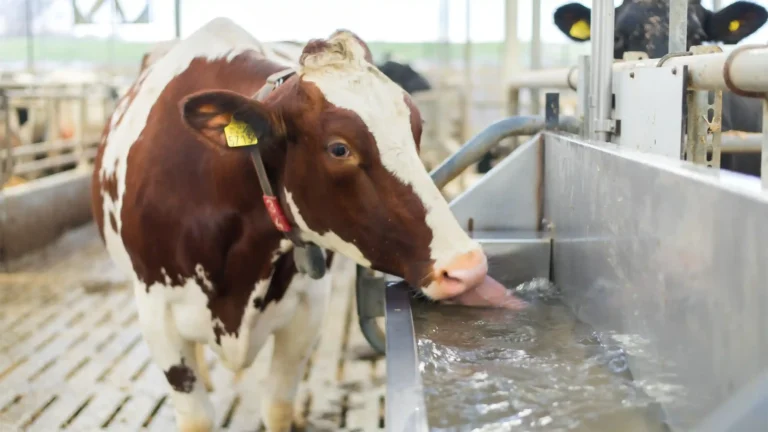Starting a cattle farm in Ireland involves a blend of legal groundwork and practical farm readiness.
From birth-to-slaughter traceability and environmental safeguards to on-farm safety and animal welfare, each regulatory component supports a successful enterprise.
Drawing on years of hands-on farm management and agri-education, I’ll guide you through these essentials step by step, so your new farm begins on firm legal and operational footing.
Herd Registration & Traceability (AIM System)
Starting your cattle farm means first anchoring your herd in Ireland’s central tracking system.
The Animal Identification & Movement (AIM) system mandates that every calf born must be registered within seven days of tagging, with a passport issued that must accompany the animal through every movement.
Maintaining accurate herd registers is vital for legal compliance and also for maintaining eligibility for support schemes and disease traceability. Data to be included in herd registers include births, deaths, entries, and exits.
Critical timely movement notifications (both sending and confirming) are also necessary to avoid compliance issues and maintain good relations with veterinary and grant authorities.

Environmental Regulations: Manure & Nitrates Management
The lush pastures of Ireland come with the responsibility of safeguarding water quality. Since 11 March 2022, the EU (Good Agricultural Practice for Protection of Waters) Regulations require all livestock farmers to adhere to thresholds around manure storage capacity, application timing, and nutrient management protocols.
Early in my career, I had a field drained disproportionately, unintentionally risking runoff. It was only after updating our storage infrastructure and following the stipulated nutrient periods that our fields—and our peace of mind—returned to balance.
Farm Health & Safety
Under the Safety, Health & Welfare at Work Act 2005, offering a safe workplace is a legal necessity, even on farms.
A Risk Assessment Document should identify hazards (from machinery to livestock handling) and propose mitigations. This document must be reviewed at least annually or when the business changes.
If you employ more than three people (including family), a formal Safety Statement becomes mandatory; more detailed but rooted in the same principles.
I still recall the moment our local inspector flagged a lack of guardrails near a yard ramp. Prompt review and corrections spared us from penalties and fostered a culture of safety long after.
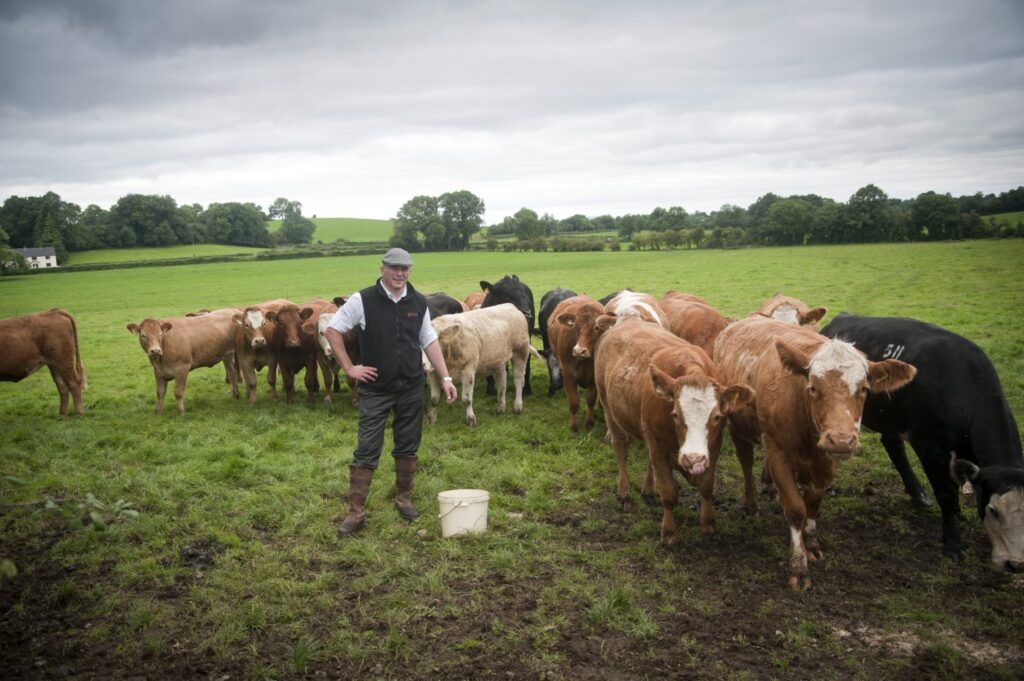
Animal Welfare & Handling Standards
Irish and EU laws obligate cattle farmers to meet animal welfare standards grounded in humane handling and housing. National legislation, via the Animal Health and Welfare Act 2013, sets the baseline, supported by Codes of Practice for responsible cattle care.
In practical terms, calf housing must be clean, well-ventilated, draught-free, and safely designed for both animals and handlers, aligning with the technical specifications like S124:2009.
In my own practice, transitioning from temporary hutches to a properly ventilated calf shed made a dramatic difference in calf survival and worker comfort.
Farm Assurance & Market Compliance
Beyond legality, many markets in Ireland expect assurance schemes. The Sustainable Beef & Lamb Assurance Scheme (SBLAS) integrates legislative compliance with broader sustainability and food safety standards such as ISO, HACCP, and Codex principles.
From a teaching perspective, I’ve seen farms that adopt these schemes early differentiate themselves with buyers and qualify for premium channels.
Starting with a basic compliance checklist can evolve into full accreditation and better farm value.
Organizational Structures
Collaborating with other farmers through Producer Organisations (POs) can boost negotiation power and market access.
EU Regulation 1308/2013 permits POs; in Ireland, SI No. 49 provides the national framework.
Forming a PO requires at least 20 beef producers, formal governance, registration, and annual updates. Grants (for advisory setup) of up to €3,000 can help get started.
Legal & Business Foundations
Don’t overlook agricultural law that governs land use, contracts, inheritance, and farm governance.
Specialized farm law solicitors guide disputes, boundary issues, leasing, and supply-chain dealings.
When I expanded my farm, involving a solicitor helped clarify lease terms, draft staff agreements, and ensure clarity in succession planning; saving me headaches later.
Summary
To start a cattle farm in Ireland, you must register births and movements via the AIM system, maintain herd records, comply with manure storage rules under Nitrates Regulations, implement a farm safety Risk Assessment, and ensure welfare compliance via national animal protection laws.
Frequently Asked Questions
Q1: What is required to register cattle in Ireland?
Every calf must be tagged and registered with the AIM system within seven days, and must carry its passport during all movements. Accurate herd records tracking births, deaths, and movements are legally mandatory.
Q2: Do cattle farms need a nutrient or manure plan?
Yes. Since March 2022, all cattle farms must comply with Nitrates Regulations governing manure storage, capacity, and prohibited spreading periods to protect water quality.
Q3: What safety documentation does an Irish cattle farm need?
You must have a farm-specific Risk Assessment Document; if you have more than three employees, a full Safety Statement is required. These documents should be reviewed annually or when business changes occur.
Q4: Are there animal welfare laws for cattle in Ireland?
Absolutely. Farmers must meet national welfare legislation under the Animal Health and Welfare Act 2013 and follow practical guidelines like calf housing standards (e.g., S124:2009) for ventilation and safety.
Q5: Can farmers form groups to improve market access?
Yes. Irish beef farmers can form Producer Organisations (POs) with at least 20 members, structured governance, and registration with the Department. POs can then collectively negotiate pricing and arrangements and may access grants for setup.
Wrapping Up
Launching a cattle farm in Ireland means anchoring your decisions in regulatory clarity; from herd traceability and safety planning to environmental care and organizational leverage.
These are not just boxes to tick but foundations that lend resilience, credibility, and future opportunity.
Having walked this path as both a farmer and educator, I can affirm that farms built on compliance and thoughtful structure tend to thrive sustainably—and so can yours.
Related:

